编者按:青光眼是一组不可逆视网膜神经节细胞损害和视神经轴突变性疾病,目前临床上唯一能延缓疾病进展的方式是通过手术或药物控制眼压。细胞疗法是青光眼研究的新热点,有望逆转视网膜神经节细胞的损害,为青光眼患者带来恢复光明的希望。ARVO 2022于美国时间5月1日在美国科罗拉多州丹佛市盛大开幕,此次会议期间,《国际眼科时讯》有幸采访了Yvonne Ou教授,就细胞疗法的进展及挑战,以及青光眼的研究现状和未来展开讨论。
青光眼治疗新时代:细胞疗法
青光眼进入到令人振奋的细胞治疗新时代。ARVO会议上学者们提出了各种不同的细胞治疗方法,包括在眼前段修复小梁网,使其恢复正常功能。Yvonne Ou 教授指出,为恢复失明青光眼患者的视力,需要进一步开展针对视网膜神经节细胞的细胞疗法。视网膜神经节细胞是连接眼睛和大脑的最后一个输出神经元,并将视网膜中所有视觉信息传递至大脑形成视觉。全球健康协会(National Institute of Health, NIH)国立眼科研究所(National Eye Institute, NEI)向研究者们提出了一个大胆的挑战——恢复青光眼和视网膜退化患者的视力,目前正处于这一巨大挑战的早期阶段。
在过去的十年里,诱导多能干细胞分化成视网膜类器官和视网膜神经节细胞这一技术取得了长足的进步。研究证实老鼠和人类之间存在显著的差异,如老鼠与人类及灵长类的神经节细胞类型不同。Yvonne Ou教授认为,将细胞疗法转化至灵长类青光眼模型是未来的发展热点。
I think that we are entering a very exciting new aera for glaucoma cell therapy. As you saw in the symposium there are different approaches. One approach is front of the eye to restore, rejuvenate and get back to normal function the trabecular meshwork in the front of the eye. And then of course, ultimately, to restore vision to patients who are blind from glaucoma we need to have cell-based therapies that are targeted toward the retinal ganglion cells. The retinal ganglion cells, of course, are the cells that are the last output neuron that connect the eye to the brain. So, all the visual information in the retina need to go through the retinal ganglion cells and propagate properly in order for the patient to see. So, I think the current progress is still at the quite early stages for this bigger challenge. In fact, the National Eye Institute at the National Institute of Health has an Audacious Schools Inactive where they would like to make it a challenge for the vision research community to restore vision in patients with glaucoma, as well as retinal degenerations.
I think there has been a lot of change in the last decade in the ability with which was can reliably generate retinal ganglion cells from stem cell sources. The technology is of induced Pluripotent stem cells, and then the differentiation protocols into retinal organoids as well as to retinal ganglion cells – it has really advanced over the last ten years. So, I think that was an important piece to have in place. And then I think also in the research community there has been recognition of the difference now between mouse and human – it is obvious that there is a difference, but I think now we have more definitive proof about, for example, the different ganglion cells typing in mouse versus in nonhuman primate and humans. Now I think there is also greater interest in more quickly translating cell-based therapies into primate models of glaucoma. OK, that’s the answer that question.
细胞疗法:在临床转化中面临挑战
在基础研究到临床应用的转化方面,眼睛的不同部位、不同的眼科疾病的进度各不相同。包括日本、美国等国家的研究团队在这一领域进展喜人,世界首例多能干细胞移植手术即为日本研究团队开展的视网膜色素上皮细胞移植术。在本次会议上,Sophie Deng教授将介绍正在进行的临床试验——角膜缘干细胞移植治疗角膜缘干细胞缺乏症。然而,在青光眼或其他视神经病变领域,视网膜神经节细胞的替代治疗还处于基础研究的早期阶段。
I think what is interesting about looking at the current progress from basic research to clinical application is that different parts of the eye and different ophthalmic diseases are at different stages. For example, this symposium highlighted that doctor Sophie Deng is already in clinical trials for a stem-cell-based approach for limbal stem cell replacement for corneal diseases – in this case for limbal stem cell deficiency. Whereas, you go all the way to the back of the eye in glaucoma or other optic neuropathies and replacement of retinal ganglion cells is still more at the early stages of basic research. The first human stem cell derived tissue that was transplanted into the human body was in the eye when RP was transplanted. And of course, groups in the US and in Japan were at the forefront of that.
细胞疗法新进展:恢复小梁网功能
Markus H. Kuehn教授将在此次会议中分享一项创新性研究——使用干细胞恢复原发性开角型青光眼小梁网功能,从而恢复正常的眼压调节。Yvonne Ou 教授对这项研究给予了很高评价,传统观点认为视网膜节细胞的干细胞治疗需替换和恢复细胞的功能并建立与突触的联系,而Kuehn教授的研究表明,iPSC小梁网细胞能够引起小梁网细胞的内源性增殖,即移植并不是一种简单的替代,移植会使宿主以某种形式响应从而恢复相应的功能。此外,值得注意的是,免疫排斥和炎症反应并没有过多影响Kuehn教授的移植实验,这与视网膜神经节细胞领域并不相同。
I think this approach described by Doctor Kuehn is very exciting and had some innovative findings. You know, traditionally we think – at least for replacing retinal ganglion cells – that we need to replace and restore their function. That they need to connect appropriately to synaptic partners. And in this case Doctor Kuehn is showing with iPSC trabecular meshwork cells that he can cause endogenous or host proliferation of trabecular meshwork cells. So, the transplant itself is not just a replacement. It is actually causing the host to respond in a way in which it is going to restore outflow facility or restore function. And in addition, you know, his work, at least in these experiments, is showing that immune rejection or inflammation is not playing a big role in his transplantation experiments. Which also very interesting and contrasts – it is different what we see in the retinal ganglion cell field.
研究进展:青光眼神经变性的机制
Yvonne Ou 教授介绍了其团队最新的研究进展,这些研究的关注重点是青光眼患者的神经突触和神经回路的破坏机制,目前进展包括:
突触缺失是青光眼神经退行性变的早期改变。
小鼠体内存在特定的对眼压升高更敏感的神经节细胞以及对眼压升高更具适应性的神经节细胞。这对于视网膜神经节细胞替代疗法至关重要,如果能够探明神经节细胞对高眼压的敏感性与适应性之间的关系,移植治疗时可以选择更具适应性的神经节细胞以提高疗效。
视网膜内部存在一定的可塑性。Yvonne Ou 教授及其团队在老鼠身上发现,当突触断裂时,会与其他细胞形成新的突触。未来将进一步在灵长类和人类视网膜验证这一发现。
So, you know our research program is really focused on how synapses and circuits are disassembled, are broken apart in glaucoma. And we have found that synapse loss is a very early event in glaucoma’s neurodegeneration. We found that are specific ganglion cell types in the mouse that seem to more susceptible versus more resilient to elevated intraocular pressure. And these are important findings for retinal ganglion cell replacement therapies. And the reason that it is important is if we can understand what underlies certain ganglion cell types susceptibility, versus resiliency, then we want to make sure that the cell types that we transplant, for example, are more resilient. And also we want to make sure we want to understand how synapses are broken apart or disassembled. Our lab has also demonstrated evidence that there is some plasticity in the inner retina, such that when synapses are broken apart, new synapses with new partners are formed. And that is an exciting finding. This was in mouse, though, so what we want to do next is be able to translate what we found in the mouse retina into primate retina, such as nonhuman primate and humans.
未来展望:疾病基本机制和视神经再生机制的研究,将为更多患者带来光明
青光眼被称作“沉默的视力小偷”,多数患者在初次就诊时,已出现不可逆的视力损伤。青光眼目前没有很好的治愈方法,控制眼压可延缓大部分患者的病程进展,也是当前青光眼治疗的重要组成部分。大部分患者理解这一点,但他们仍渴望可以治愈青光眼,尤其是低视力甚至视力丧失的青光眼患者。Yvonne Ou 教授认为,近十年在青光眼细胞治疗方面取得的进展,将为这些患者们带来希望。学者们步履不停地钻研疾病的基本机制和视神经再生机制,试图找寻神经保护剂以及神经增强剂。总有一天,除降低眼压之外,将会出现其他更好的治疗方法,甚至可以让失明的青光眼患者重获光明。
I do think, you know, of course glaucoma is – when I talk to patients, my glaucoma patients, they understand that we don’t have a cure yet for glaucoma. And they are really, really desperate for a cure -- especially my patients who have had significant vision loss from glaucoma. They understand the significance of eye pressure lowering. And that will always be an important part of glaucoma treatment. It can be very effective, however, there are still patients who either at the time of diagnosis, because glaucoma is what we call a ‘silent thief of sight’ – there is often times no symptoms. And so by the time they reach me in the clinic they already have a lot of vision loss from glaucoma. Or, I have patients who retreat, lower their pressure, and they still continue to lose vision. And so I think that the progress that we have made in cell based treatments -- understanding basic mechanisms of disease, trying to identify agents that are neuroprotective as well as potentially neuro-enhancing, all the research that has gone into optic nerve regeneration over the last decade – I do think there is a lot of hope that we can give to glaucoma patients. It will still take some time, but one day there will be additional treatments beyond eye pressure lowering. And, hopefully, restore visual function in patients with glaucoma.
总结:青光眼已经踏入了细胞治疗的新时代,虽然一切刚起步,但目前的进展已为人们带来了希望,随着研究的深入,或许有一天,失明的青光眼患者或许能够再一次看到光。
专家简介
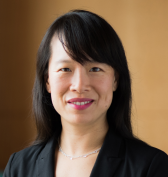 Yvonne Ou教授
Yvonne Ou教授
Yvonne Ou 教授是加州大学旧金山分校青光眼部门的联合主任,也是加州大学旧金山分校眼科研究生教育的副主席。Yvonne Ou 教授是一名眼科医生和青光眼专家,她擅长药物、激光和手术疗法治疗青光眼;外科专长包括微创手术、过滤手术和引流植入手术。Yvonne Ou 教授还擅长评估和治疗白内障,并进行白内障和青光眼联合手术。
在研究中,Yvonne Ou 教授对了解青光眼中发生的视网膜神经节细胞的退化以及如何利用眼睛自身的修复能力恢复视力特别感兴趣。她还设计了新的测试改善青光眼的诊断并更好地监测青光眼的进展。
2 comments

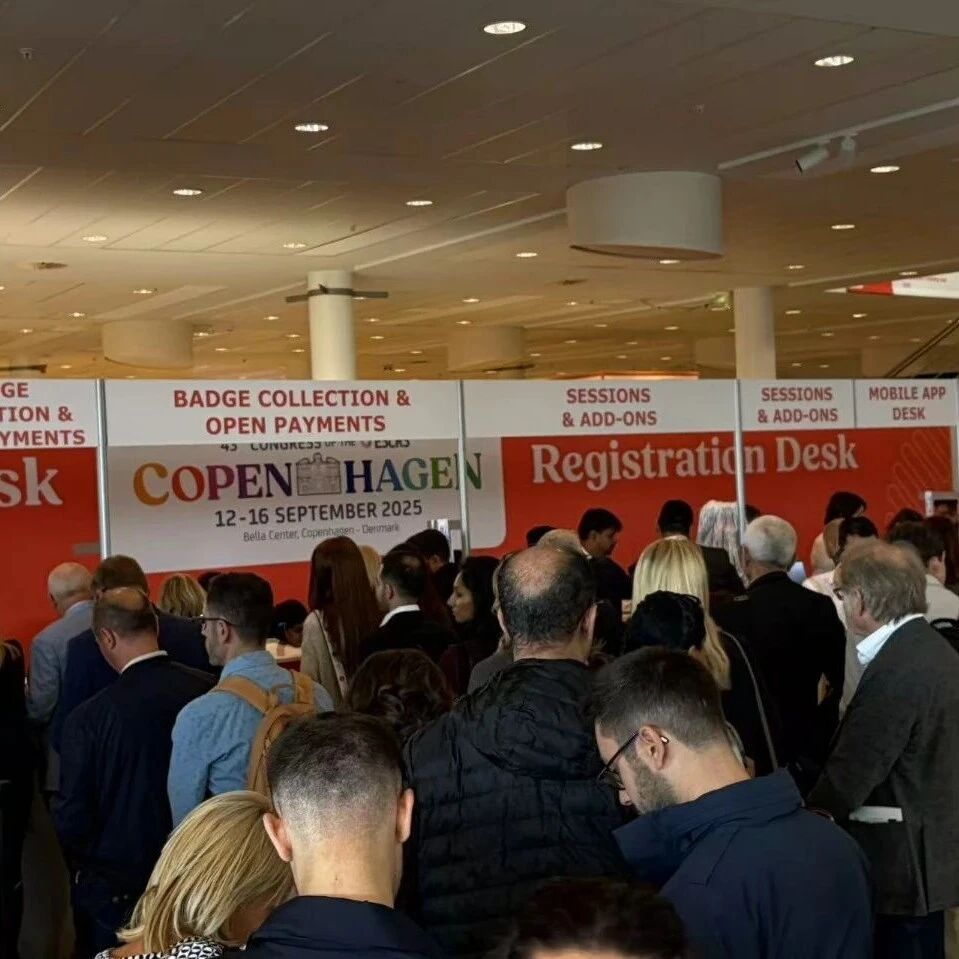
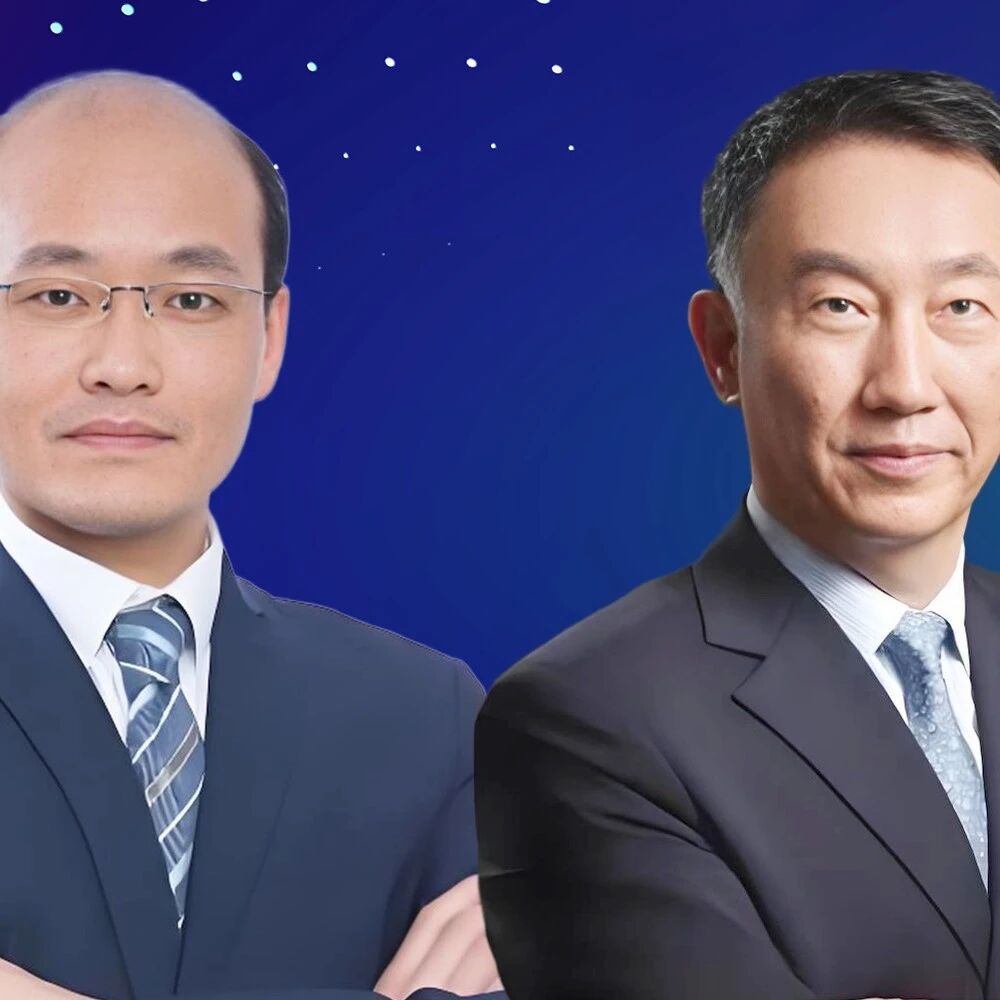

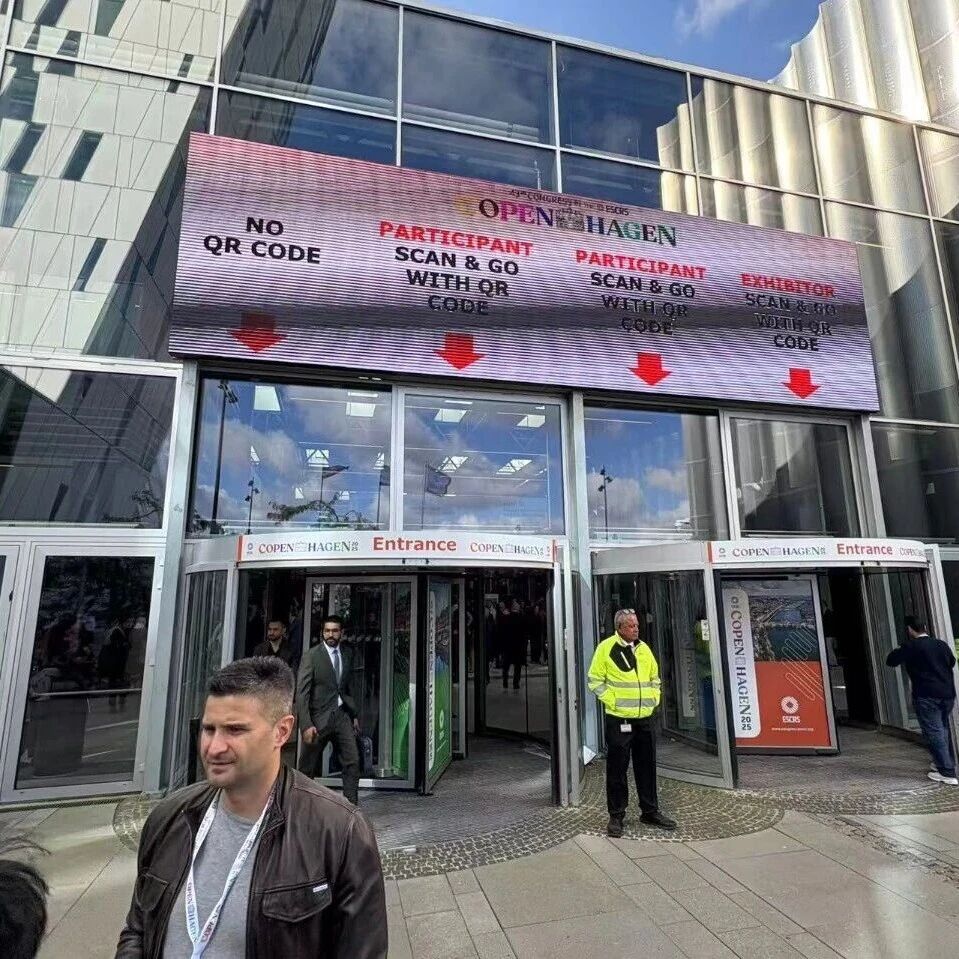
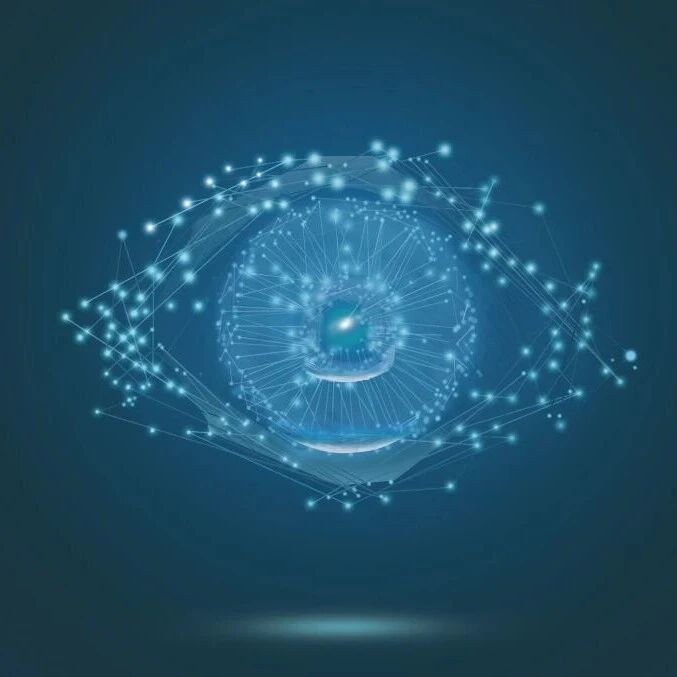
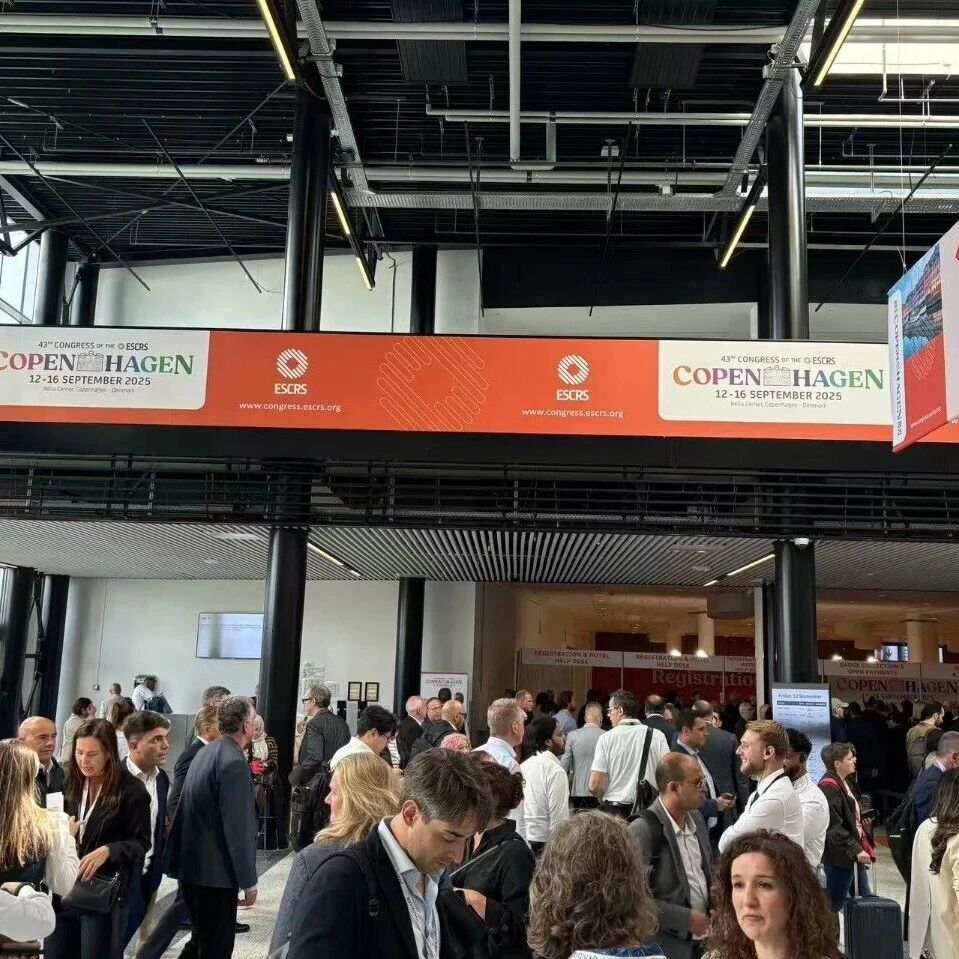


 京公网安备 11010502033360号
京公网安备 11010502033360号
条评论
Linda Gareth
2015年3月6日, 下午2:51Donec ipsum diam, pretium maecenas mollis dapibus risus. Nullam tindun pulvinar at interdum eget, suscipit eget felis. Pellentesque est faucibus tincidunt risus id interdum primis orci cubilla gravida.